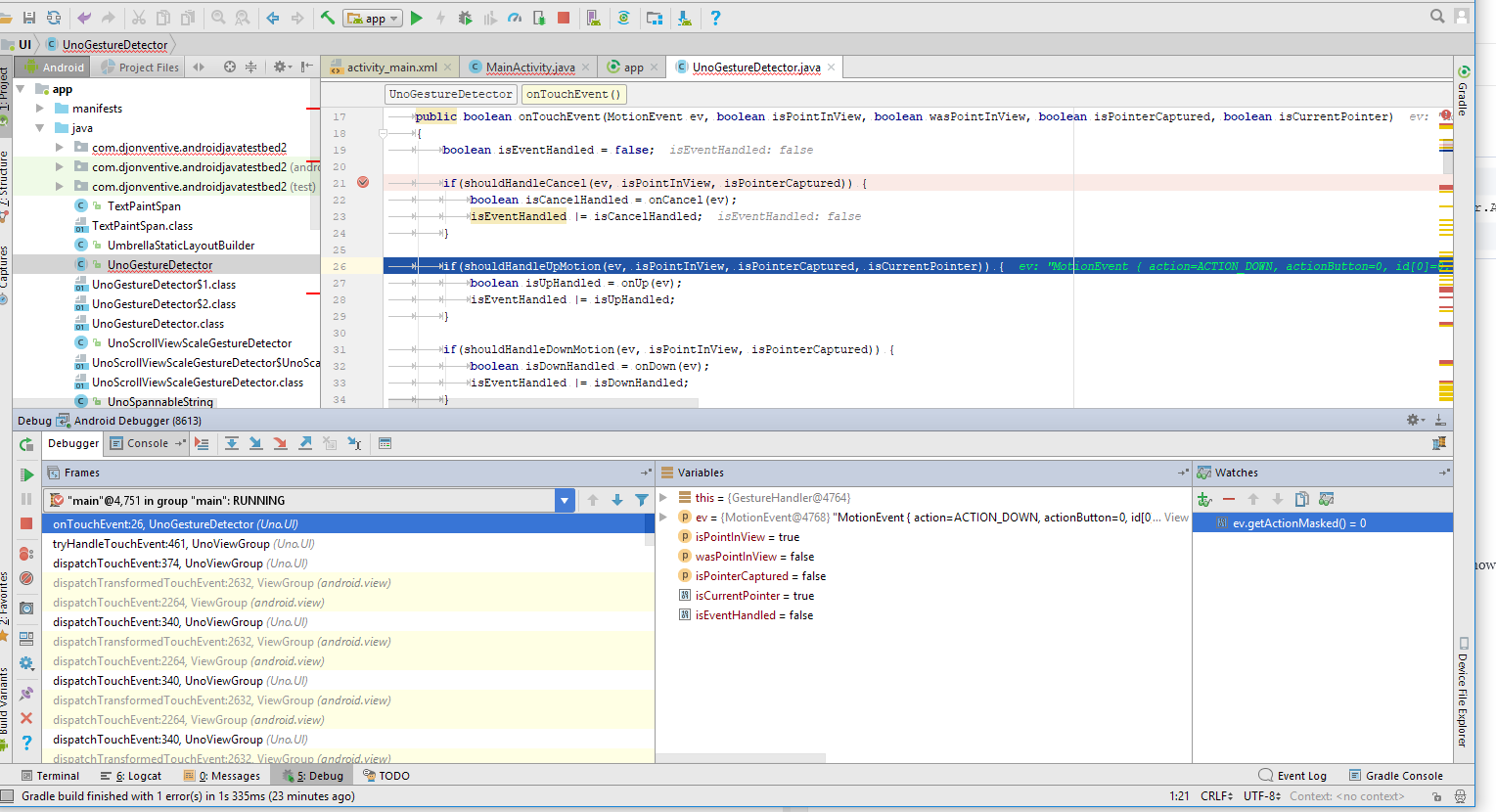

This will open a new window with the Safari Developer Tools - use them to inspect and debug the Ionic app running on your device. Hover over the app name and click on localhost. In the dropdown menu options, you should see the name of your device and app. Within Safari, select Develop in the toolbar. Run the iOS simulator or connect your iOS device to your Mac, then run the Ionic app that you want to debug. Next, open Safari on a Mac then enable Show Develop menu in menu bar under Safari > Preferences > Advanced.

Safari can be used to debug an Ionic app on a connected iOS device or iOS simulator.įirst, on the iOS device, enable Web Inspector from Settings > Safari > Advanced. Rather than deploy a new native binary each time you make a code change, it reloads the browser (or WebView) when changes in the app are detected. This gives you the list of devices currently connected.Live Reload is useful for debugging native functionality (such as plugins) on device hardware. To check whether it’s properly connected, open the built-in terminal and run the command adb devices. Connect the device to the system via USB for initial setup Remember, for both the approaches we need to be connected over the same Wi-Fi network in the system and mobile. As you’ve configured the paths, just execute your commands type adb in the terminal or at the command prompt, which gives you the list of options. If you’re working on Windows, check that the environment variables path is set to the Platform-Tools. That way, you can execute the adb command from a terminal, rather than always changing your directory to the Platform-Tools path. If not, copy the Platform-Tools path from your SDK location and replace it in the line above. export PATH = $PATH:/Users/satyapavankumarkantamani/Library/Android/sdk/platform-tools/Ĭheck whether the Platform-Tools path is set. This opens the bash_profile file in text format so that you can set your PATH variable there.

For that, open terminal and type: $ open -t. If not, you need to configure the PATH variable in the bash_profile file. Then it will display a sequence of options available if the PATH variable is set in. If you are on a Mac, go to terminal, tap the command adb, and hit Enter. Let’s check how to work with the ADB tool. In this approach, we will use the ADB (Android Debug Bridge)tool available in Platform-Tools inside the Android SDK.


 0 kommentar(er)
0 kommentar(er)
